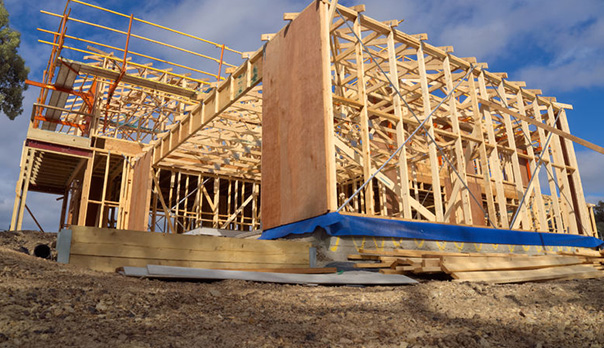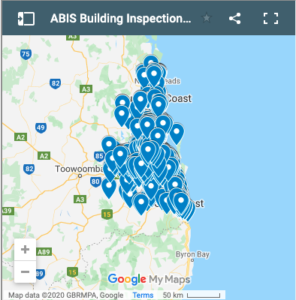
A crowd of professionals and tradespeople are involved and to the uninitiated, it may not be clear what their different roles are. The most common misunderstanding is the difference between Building Inspector and Building Certifier.
Building Certifier Inspection by Building Certifier
A Building Certifier Inspection will pass or fail a property – the inspection verifies if the property is built in compliance with the government legislation. Building certifiers ensure that building work complies with all of the requirements that are set out by varying levels of government; whether local, state or federal where compliance is mandatory and enforceable.
In Queensland, certifiers can issue development approvals for building work, undertake mandatory stage inspections and issue formal documentation and inspection certificates for the building development. The responsibility of the certifier is to:
- Assess and approve plans relating to new or altered buildings;
- Inspect construction work at mandatory stages;
- Provide certificates of inspection to the builder following inspections;
- Issue enforcement notices on building work when necessary;
- Give final certification for a building to be occupied.
Certifiers are not responsible for job site supervision, making sure that building work is carried out to an acceptable standard of quality and finish or even that the builder complies with his contract. However, if an inspection reveals work not conducted in accordance with the approval, the certifier can take any necessary action to ensure the building work complies with the legislation.
It is not a guarantee, warranty, valuation, or insurance policy; instead, it is to facilitate approval, inspection and certification of building works ensuring:
- Building plans and new work, extensions or additions, comply with the Sustainable Planning Act 2009, Queensland Building Act 1975, Building Regulation 2006, National Construction Code (Building Code of Australia);
- Relevant Australian Standards and building assessment codes (i.e. Queensland Development Code or the Residential Timber Framing Code) and all applicable building control legislation are fully adhered to.
Whether employed by a Council or in private practice, all building certifiers who issue approvals in Queensland are required by law to be licensed with the Queensland Building and Construction Commission (QBCC). They are also required to be registered with the appropriate accrediting body such as Australian Institute of Building Surveyors (AIBS) or the Royal Institute of Chartered Surveyors.
Building and Pest Inspection by Building Inspector
A Building and Pest Inspection is a visual examination of the property’s current condition relative to comparable properties of similar age, design and condition – conducted by Qualified Building Inspector according to Australian Standards. This report focuses on the standard of quality and finish of a building’s work, for example:
- Whether it has been completed to a recognised, satisfactory standard;
- Itemising untradesmanlike work – from inappropriate materials, omissions, to incomplete work;
- Non-structural defects, structural issues and conditions that may contribute to structural issues, and more.
Building Inspections can identify any hidden surprises of a property and there are many different circumstances where you would need an inspection such as:
-
Pre-Purchase Building Inspections
-
Building Inspections at New Build Stages
-
Building Handover Inspections
-
Warranty Building Inspections
Building Inspectors itemise visible defects and rate their severity along with recommending course of actions within a suggested timeframe. It could be used as a warranty on your new build within 12 months and rectify any mistakes a builder may have made during the build. It will provide peace of mind while arming you with the information needed for you to make your property decisions.




